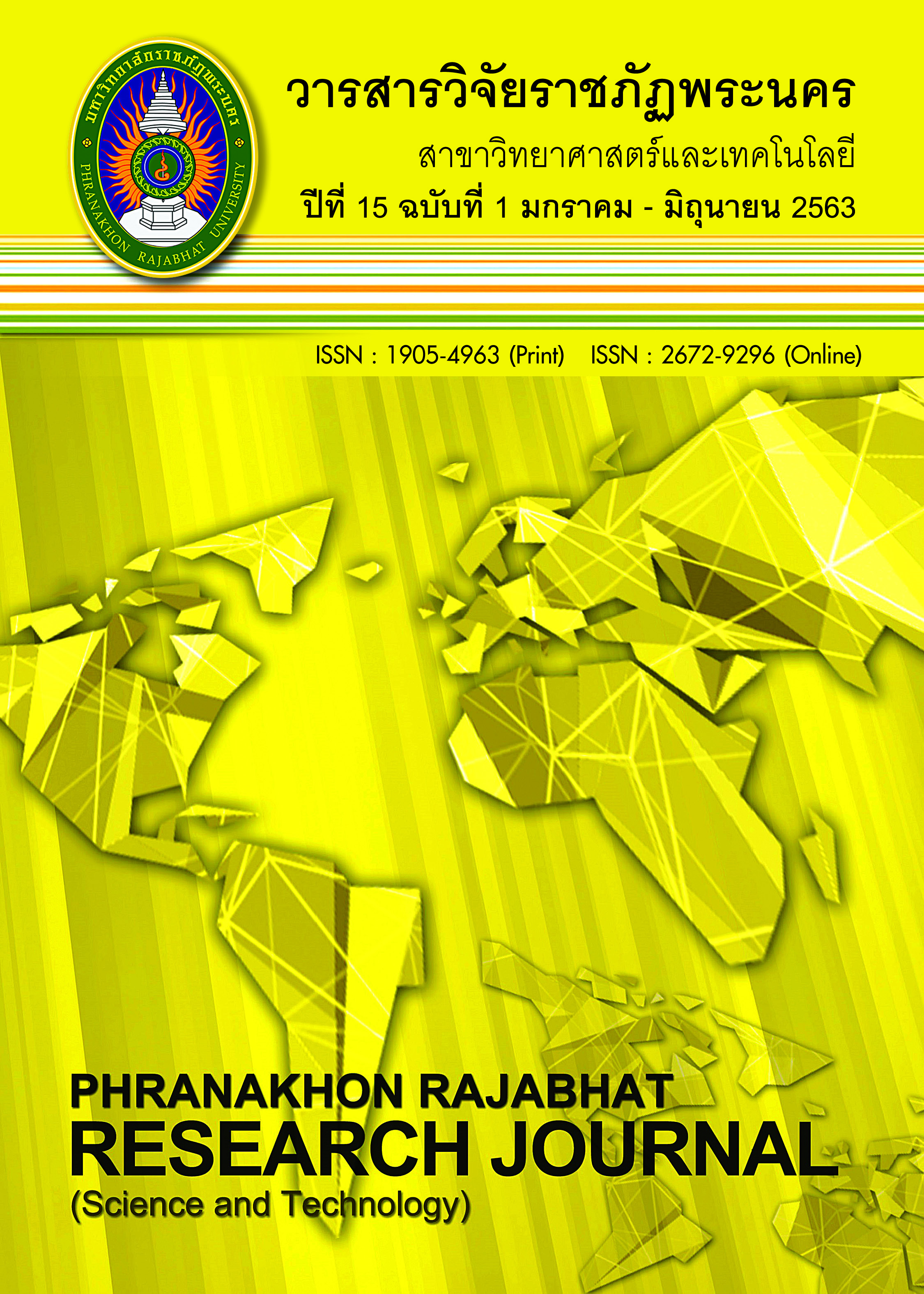Comparison of forecasting methods for Aggregate Production Planning In Cleanroom Apparel factory
Comparison of forecasting methods for Aggregate Production Planning In Cleanroom Apparel factory
Keywords:
forecasting, aggregate production planning, minimize total costAbstract
Competitive markets have increased productivity and promoted economicgrowth. A case of Clean Room Company has faced problems in aggregate productionplanning and demand forecasting whichcaused delivery delayand decreased customersatisfaction. The objective of this research was to study and compare the forecastingmethods for demand of smock suit in clean room industry and to study the aggregate
production planning for the least amount of total production cost analysis. Demandingdata during past36 months wasused infiveforecasting methods;1)Linear trend method2) Quadratictrend method and 3) Exponential GrowthTrend Model.The best forecastingmethod was the model with the smallest value of Mean Absolute Percent Error (MAPE).We found that Quadratic trend method was the best method due to its lowest MAPE of20.00 which was further applied this value for aggregate production planning (APP) to minimize cost. We found the total cost was 1,080,100 Baht
References
study. Advanced materials research. 811, 619-624.
Anand. J. A., Krishnaraj, C. and Kasthuri Raj, S.R. 2016. LINGO based Revenue Maximization using
Aggregate Production Planning, ARPN J. of Eng. and Apply Science.11(9), 6075-6081.
Anand J. A, Krishnaraj C, Balakrishnan S. (2017).Solving Aggregate Planning Problem Using
LINGO.International Journal of Innovative Science, Engineering and Technology.4 (12).
Aungkulanon, P., Phruksaphanrat, B., and Luangpaiboon, P. (2012) “Harmony Search Algorithm with
Various Evolutionary Elements for Fuzzy Aggregate Production Planning,” Lect. Notes
in Elec. Engineer. 110,189-201.
Bart B., Martin L. and Ruud T. (2017). Flexible lot sizing in hybrid make-to-order/make-to-stock
production planning. European Journal of Operational Research. 260, 1014–1023.
Boken, V.K. (2000). Forecasting spring wheat yield using time series analysis: a case study for the
Canadian Prairies. Agronomy Journal. 92,1047-1053.
David G., Andras P., Botond K. and Laszlo M. (2016). Simulation-based Production Planning and
Execution Control for Reconfigurable Assembly Cells, 49th CIRP Conference on
Manufacturing Systems (CIRP-CMS 2016). Proceedings of a meeting held 25-27 May 2016
in Stuttgart, Germany, Procedia CIRP. 57,445 – 450.
Karmaker C. L., Halder P. K., and Sarker E. (2017) “A Study of Time Series Model for Predicting Jute
Yarn Demand: Case Study,” Journal of Industrial Engineering,1-8.
Luangpaiboon, P and Aungkulanon, P.(2014).Hybridization of Metaheuristics for Multi-Objective
Aggregate Production Planning with Desirability Function on Food-Beverage Demand, Advanced Science Letters.19(12),3632-3636
Phruksaphanrat B. (2009). Production Planning and Control. 1st Edition, Rongphim TOP. (In Thai)
Phruksaphanrat, B., Yenradee P. and Ohsato A. (2011).Aggregate Production Planning with fuzzy
demand and variable system capacity based on TOC measures. International Journal of Industrial Engineering - Theory, Applications.18 (5), 219-231.
Shun Y., Tobias A. and Gisela L. (2016). A flexible simulation support for production planning and
control in small and medium enterprises. 9th International Conference on Digital Enterprise Technology DET 2016 Intelligent Manufacturing in the Knowledge Economy Era. Proceedings of a meeting held 29-31 March 2016, Nanjing, China, Procedia CIRP. 56, 389 – 394.
Wirotcheewan P., Kengpol A., Ishii K., Shimada Y. (2011). Modelling and Forecasting for Automotive
Parts Demand of Foreign Markets on Thailand, AIJSTPME. 4,1-13.
Downloads
Published
Issue
Section
License
โปรดกรอกเอกสารและลงนาม "หนังสือรับรองให้ตีพิมพ์บทความในวารสารวิจัยมหาวิทยาลัยราชภัฏพระนคร สาขาวิทยาศาสตร์และเทคโนโลยี" ก่อนการตีพิมพ์




